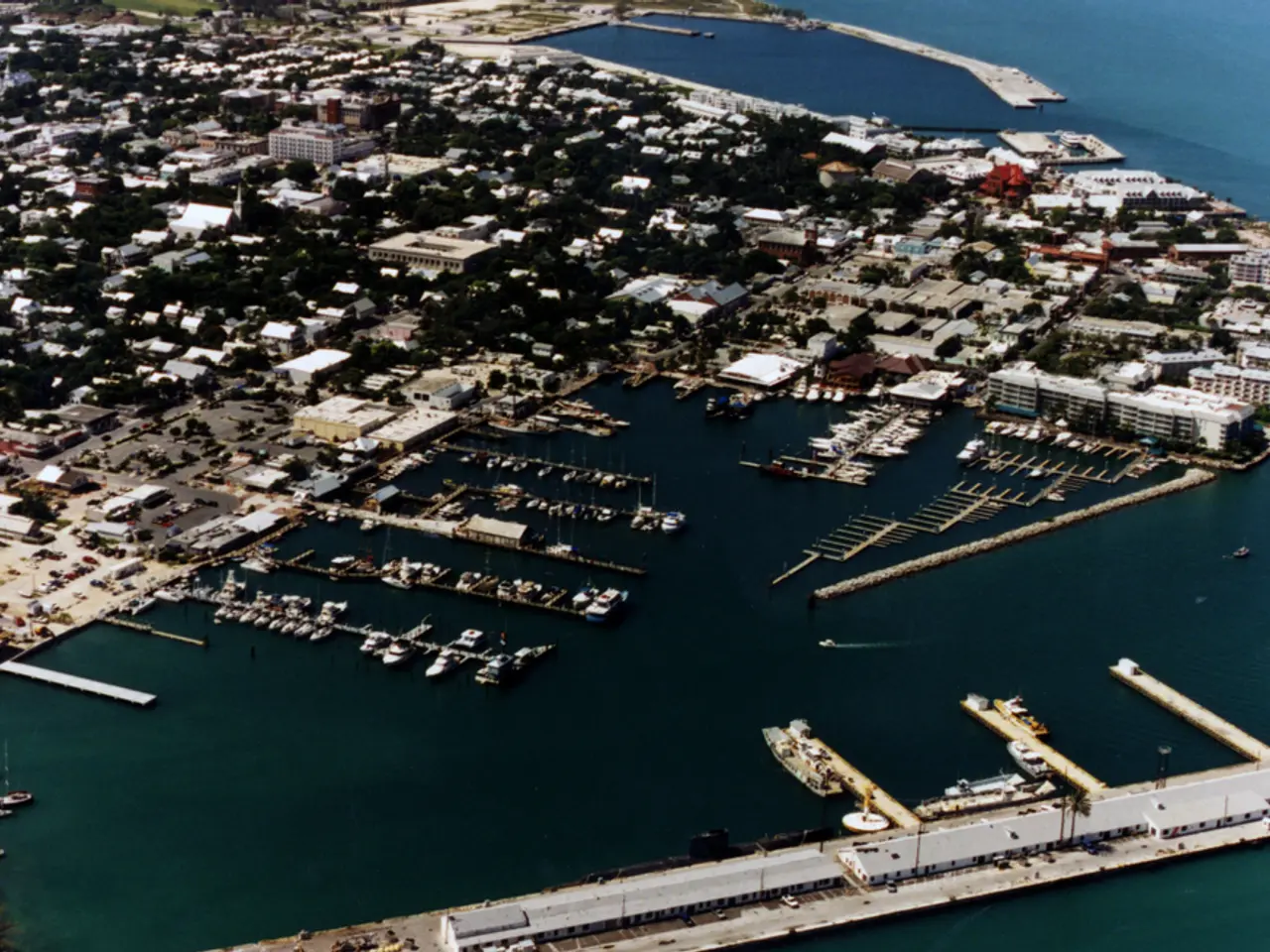Revenue generated by Venice's entry amounts to 5.4 million euros
In the heart of Italy, Venice has reintroduced an entry ticket system for day-trippers in its historic center, aiming to help control mass tourism. The system, which was tested for 29 days in 2024 and extended to 54 days in 2025, charges a maximum of five euros for early bookings and double that for last-minute visitors.
During the 2024 test phase, over 720,000 paying visitors were counted, generating around 5.4 million euros. The second phase, which ended this year, saw approximately 485,000 people registered, generating around 2.4 million euros. However, criticism remains unchanged: there are too many exceptions and no binding visitor limit.
Despite the criticism, the system has had some measurable impact. It reduced same-day arrivals by around 17% in 2024. The finance councilor, Michele Zuin, stated that the system provides more planning security for visitors, but raising money is not the goal.
The system covers peak days and uses advance bookings with controls on name changes to limit abuse. Real-time pricing or surge pricing mechanisms help regulate demand dynamically. However, a comprehensive evaluation of the collected data from the 2024 test phase is still pending.
As Venice struggles to balance tourist management and local impact, alternative and complementary strategies are being considered. These include real-time digital monitoring and dynamic pricing, enhanced online booking systems, temporary restrictions on peak days, diversification of tourism offerings, and encouraging overnight stays.
Physical crowd control measures at hotspots, like Trevi Fountain's limited access to 400 people at once, are also being employed to avoid overcrowding in sensitive areas.
Supporters view the entry system as a symbolic gesture to protect Venice, which is fragile. However, the question arises as to whether an entry fee is sufficient to curb mass tourism, considering that a coffee around St. Mark's Square costs almost as much as the daily ticket.
The revenue from the 2024 test phase was used to cover operating costs and is intended to directly benefit the city and its residents. An example of the benefits is stable waste management fees. The revenue from the second phase was almost double the amount generated during the system's premiere in 2024.
Whether the entry system will be reintroduced in 2026 is unclear. Continuous assessment and adaptive management remain crucial to improve effectiveness and balance tourism with preservation and quality of life.
The revenue generated from the entry ticket system, such as the one implemented in Venice, can be utilized for improving the city's lifestyle, including aspects like stable waste management fees. This system also aims to modify the tourism lifestyle by discouraging last-minute travel, as shown by the 17% reduction in same-day arrivals during its trial phase.




